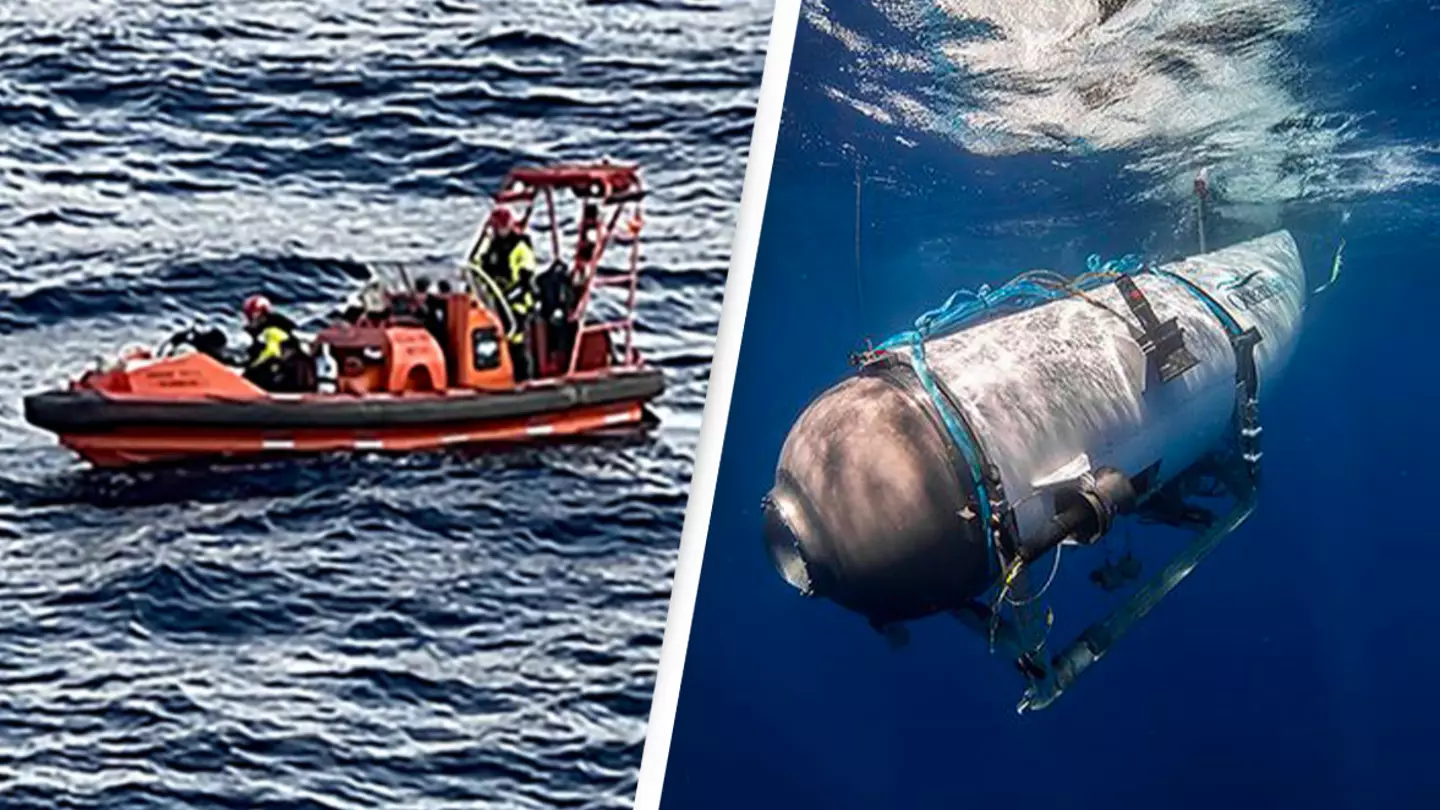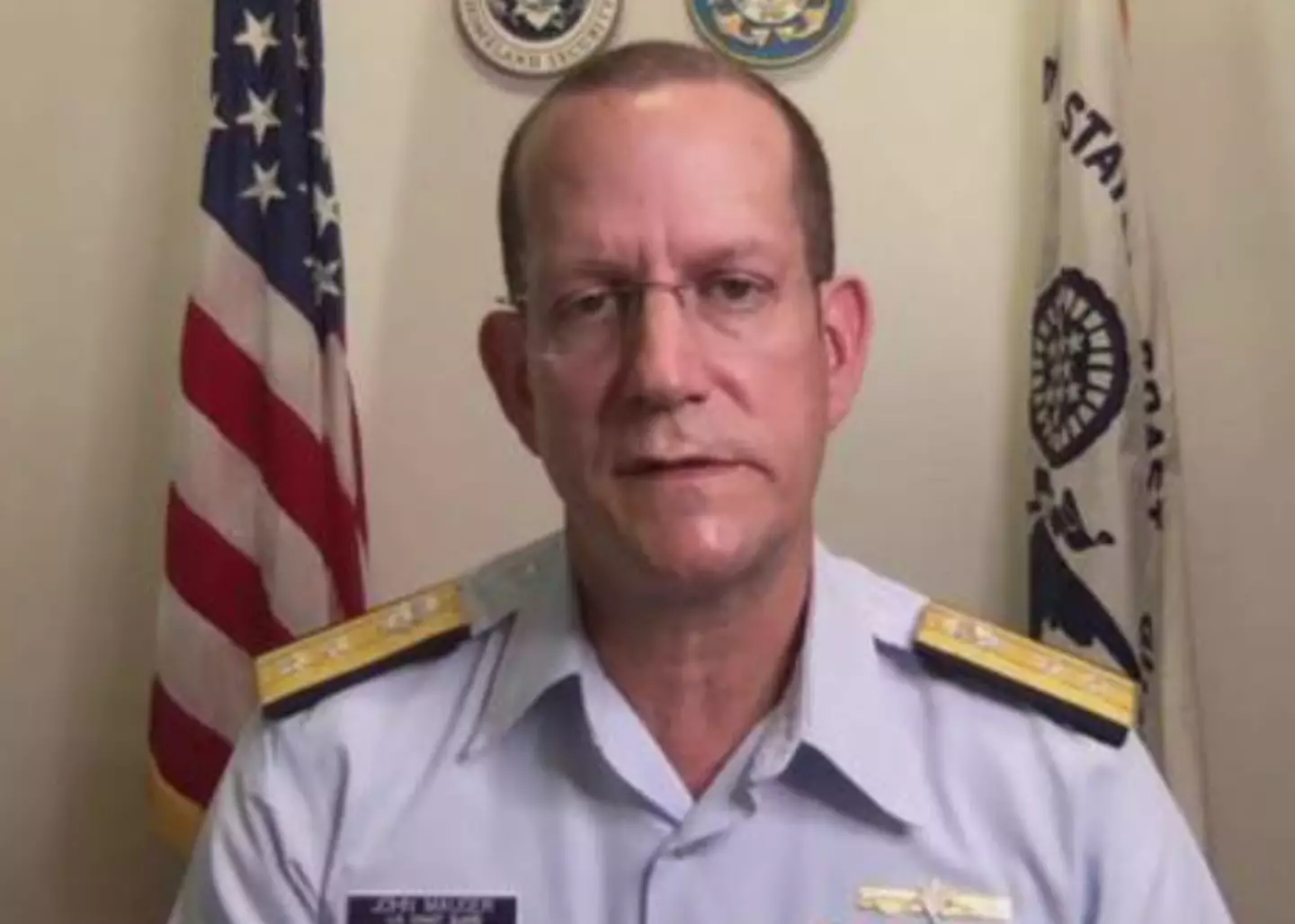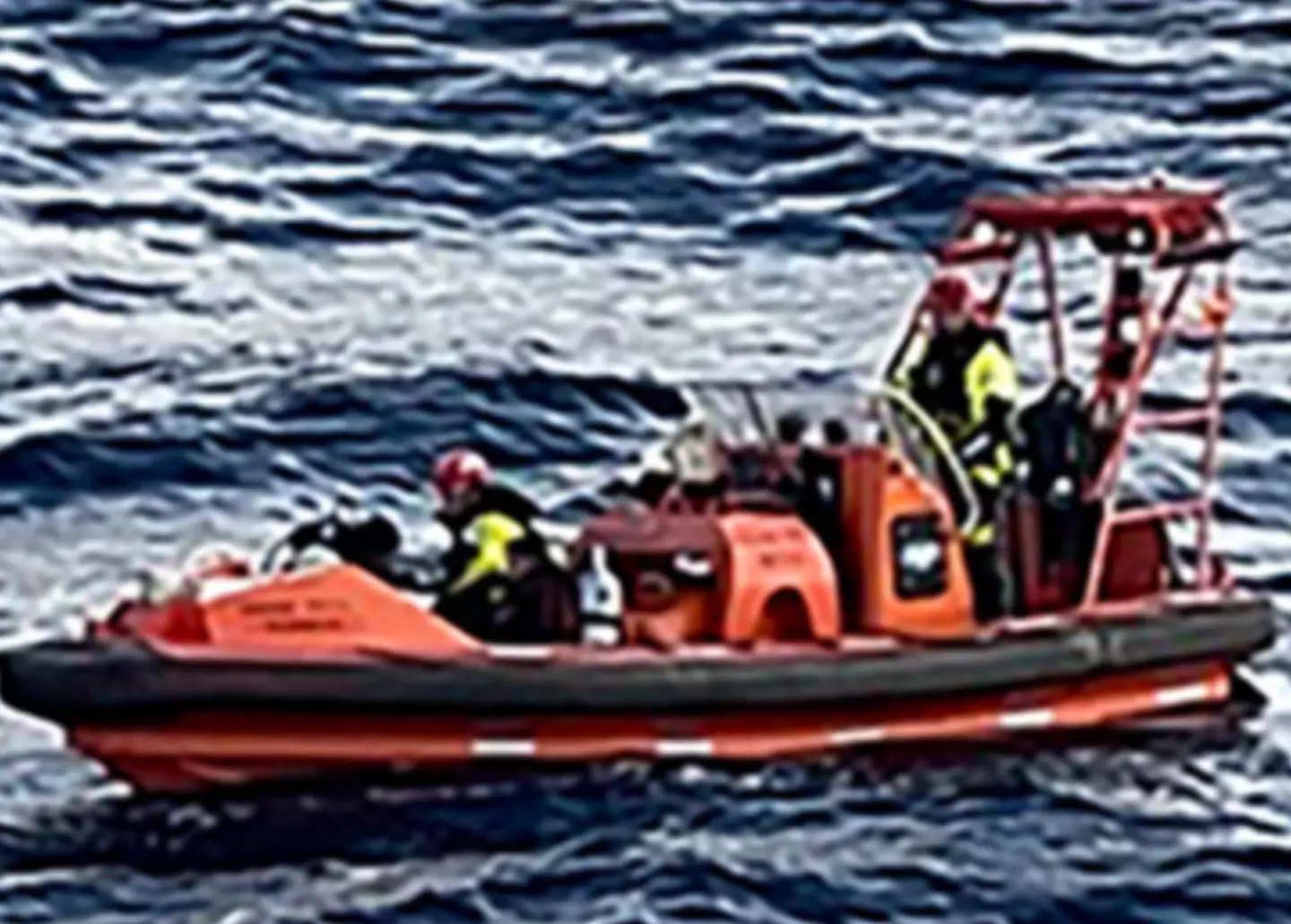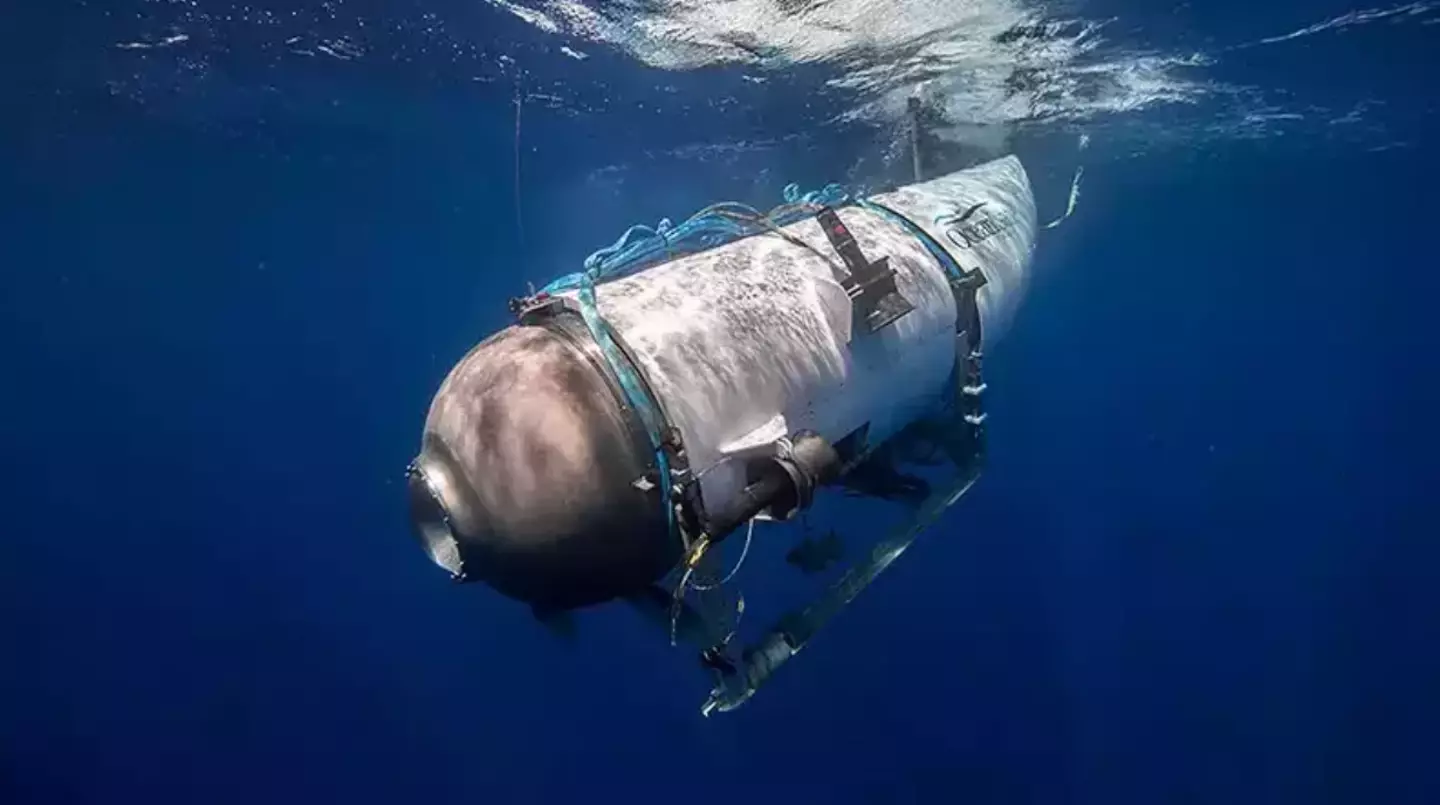
On 18 June, a submersible vessel carrying five people disappeared during a trip to explore the Titanic. Here's everything you need to know about the mission to find it.
What is Titan?
Operated by the US-based company OceanGate, Titan is a submersible vessel used to transport customers who have paid $250,000 as part of an eight-day trip to explore the wreck of the Titanic, most of which is located about 350 miles off the coast of Newfoundland, Canada.
Advert
Unlike a submarine, Titan cannot leave and return to port by itself, and instead relies on a ship on the surface to manoeuvre it. Passengers are sealed in the vessel using bolts, which are secured from the outside.
When did it go missing?
Titan set off on its venture on Sunday (18 June), but lost contact with its mothership after about one hour and 45 minutes.
Advert
The vessel typically takes about two hours to reach the wreckage of the Titanic, meaning it was likely close to its destination when it lost contact with the mothership.
Who is on board?
There are known to be five people on board Titan, including the CEO of OceanGate, Stockton Rush.
The other passengers are:
Advert
Shahzada Dawood, 48, and his son Suleman, 19. Shahzada is a British-Pakistani businessman and vice-chairman of Pakistani conglomerate Engro Corporation.
Paul-Henri Nargeolet, a former French navy commander who served for 25 years. Nargeolet has led many expeditions to the wreck of the Titanic, where he coordinated the retrieval of items.
Hamish Harding, a British billionaire and pilot who is the chair of Action Aviation, which manages private jet sales.

Who is involved in the rescue mission?
With the clock ticking, the urgent search and rescue mission is being led by Rear Admiral John Mauger from the US Coast Guard.
Advert
Mauger has stressed that authorities are doing everything in their power to bring the five passengers home, saying: "As long as there’s opportunity for survival we will continue to work with this broad unified command to bring every resource to bear on the search.
"Over the course of the next 24 hours we are going to being additional vessels, additional remotely operated vehicles and we are going to continue to fly in the area. We’ll continue to look."
Both ships and planes from Canada and the US are being used in the search, including the Polar Prince, which deployed the Titan submersible, a pipe-laying vessel called Deep Energy, and three other Canadian vessels.

Where is the search taking place?
Off the coast of Newfoundland, aircrafts have flown over an area 'roughly about the size of Connecticut' to look for signs that the vessel might have surfaced.
Advert
On Wednesday morning, Canadian aircraft detected 'underwater noises' in the area, but the continued search has so far yielded 'negative results'.
"We've picked up noise signatures and we are working through the analytics of that," Mauger said in an update.
Titan is believed to have submerged 12,500ft below the surface of the water, which not only makes the search extremely difficult, but means the operation is one of the deepest ocean rescue missions in history.

What equipment is being used?
Because Titan is believed to have descended so deep into the ocean, the rescue effort is made all the more difficult due to the extremely high pressure of the water and limited visibility.
Rescue teams have brought in a range of equipment to assist in the search, including long-distance reconnaissance aircraft which can conduct radar and visual search from above.
On the water, sonar boys and a sonar ship have been deployed to try and detect signs of the Titan.
Mauger has said the sonar devices are capable of listening to a depth of 13,000 feet, though the pieces of the Titanic wreckage that are known to be in the area may hinder identification through sonar.
Ships involved in the mission include:
The Canadian CGS John Cabot, which is equipped with sonar capabilities.
The Canadian CGS Ann Harvey, which carries both communication and navigational equipment.
The Atalante, a French research vessel which can reach the depths of the Titanic’s shipwreck.
His Majesty’s Canadian Ship Glace Bay, which can perform search and rescue duties.
If the vessel is detected at such great depth, rescuers will have to rely on a vehicle which can withstand the pressure of the ocean in order to reach it.
Teams have brought in a French underwater vehicle the Victor 6000, which is capable of diving to a depth of roughly 13,100 feet.
The Victor 6000 will be used to search for Titan and remove any obstacles that might be preventing it from floating to the surface of the ocean.
 OceanGate
OceanGate

How much time is left?
As the search operation prepares to enter its fourth night, rescuers are running out of time to rescue those on board alive.
Based on information provided by OceanGate, Mauger believes Titan had approximately 96 hours worth of oxygen on board when it went missing.
However, Mauger noted that the amount of time left to rescue those on board depends on how quickly they are using oxygen.
"One of the factors that makes it hard to predict how much oxygen is left is that we do not know the rate of the consumption of oxygen per occupant on the sub," he explained.
Speaking just before noon EST on Wednesday, Mauger said the team were operating with the assumption that they have about 20 hours left to find the sub.
Topics: US News, World News, Technology